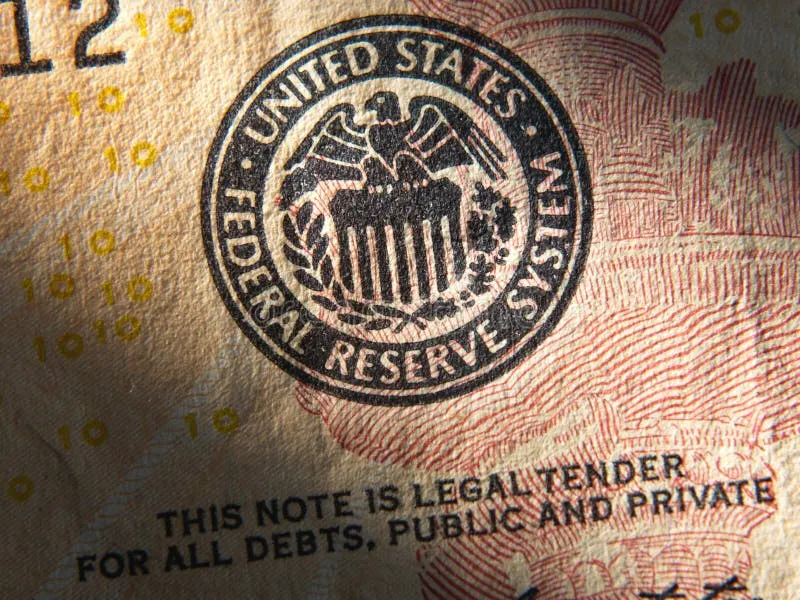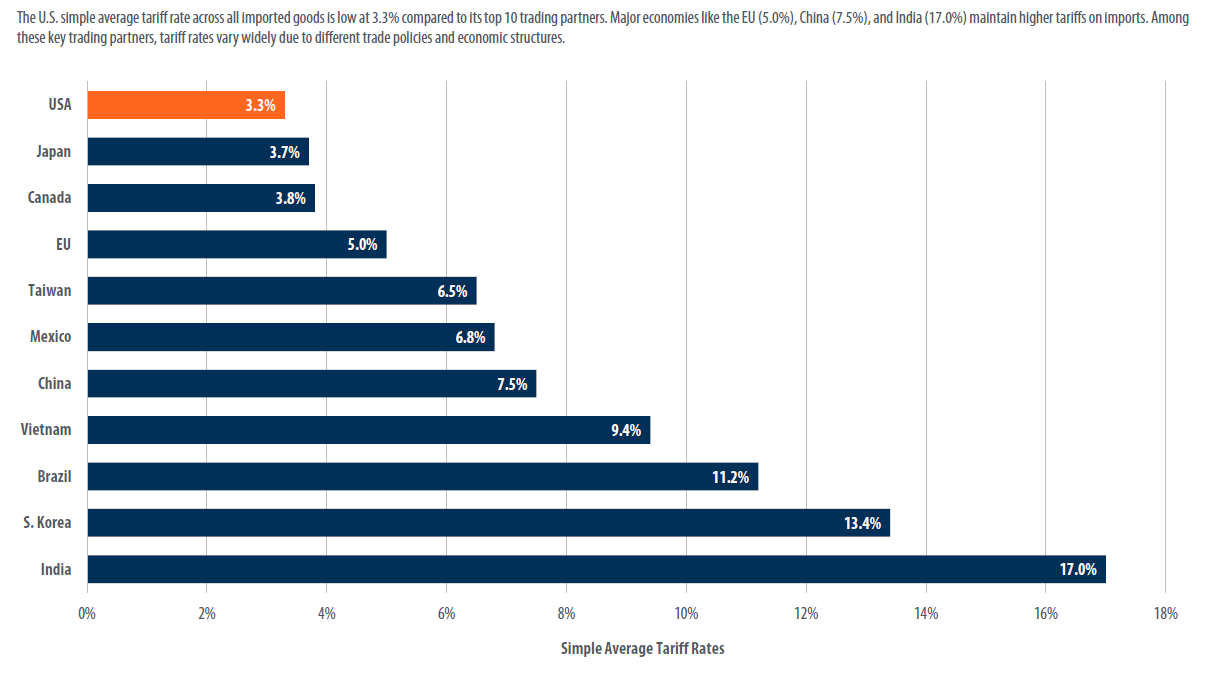The Federal Reserve: America’s Financial Firefighter or Fire Starter
By info@landmarkwealthmgmt.com,

The Federal Reserve System, often referred to simply as “the Fed,” is one of the most powerful financial institutions in the world. Created over a century ago in response to recurring financial crises, its mission has evolved over time. While it was intended to stabilize the U.S. financial system, the Fed’s track record, particularly when it comes to maintaining the stability of the U.S. dollar is the subject of ongoing debate and criticism.
Why Was the Federal Reserve Created?
Before the Federal Reserve’s establishment in 1913, the U.S. banking system was fragmented, unstable, and prone to periodic financial panics. The most notable example was the Panic of 1907, a severe banking crisis that nearly collapsed the U.S. financial system. Without a central bank to act as a lender of last resort, private financiers like J.P. Morgan personally intervened to stabilize markets, a situation that policymakers agreed was unsustainable.
Congress created the Federal Reserve through the Federal Reserve Act of 1913 to address several key issues:
- Provide a more elastic currency that could expand, or contract based on economic needs.
- Serve as a lender of last resort to banks in times of financial distress.
- Oversee and regulate the banking system to reduce the risk of financial panics.
- Facilitate a smoother, more efficient national payments system.
Originally, the Fed was not tasked with directly managing inflation or employment — those mandates came years later.
What Does the Federal Reserve Do Today?
Today, the Fed’s responsibilities have broadened considerably. Its modern-day mandate, codified by Congress, is often summarized as the “dual mandate”:
- Promote maximum employment
- Maintain stable prices (inflation control)
In practice, the Fed also pursues financial system stability and moderates long-term interest rates. To do this, the Federal Reserve:
- Sets short-term interest rates (through the federal funds rate)
- Conducts open market operations (buying and selling government securities)
- Regulates and supervises banks
- Issues the U.S. dollar
- Acts as a clearinghouse for financial transactions
- Serves as a lender of last resort in times of crisis (as it did during the 2008 financial collapse and the 2020 COVID-19 pandemic)
The Fed’s tools, particularly its control over interest rates and money supply, give it enormous influence over the economy’s direction.
Why Has the Fed Struggled with Dollar Stability?
Though tasked with maintaining a stable dollar, the Federal Reserve has arguably done a poor job at preserving the purchasing power of the U.S. currency over the long term.
A Century of Dollar Decline
Since the Fed’s founding in 1913, the U.S. dollar has lost over 96% of its purchasing power. What a dollar could buy in 1913 would require more than $30 today. Much of this erosion has been the result of persistent inflation — a phenomenon that the Fed was supposed to guard against.
While a mild, predictable inflation rate is often considered healthy for economic growth, periods of high inflation — notably in the 1970s and early 1980s, and more recently after 2021, have had a destabilizing impact on the economy and diminished the value of savings.
Some economists argue that while the dollar buys less today, living standards, productivity, and wages have also risen over time. Technological progress and higher incomes have offset much of the burden of inflation. However, the benefits of that progress aren’t necessarily evenly distributed.
For savers and retirees relying on fixed incomes or dollar-denominated savings, inflation acts like a stealth tax, slowly eroding wealth. Asset holders (stocks, real estate, commodities) tend to fare better because their assets appreciate over time with inflation.
The Abandonment of the Gold Standard
For much of its early history, the dollar was tied to gold, which helped limit inflation and maintain currency stability. This changed in 1971 when President Richard Nixon ended the dollar’s convertibility to gold, severing the last direct link to a physical commodity.
Since then, the dollar has been a fiat currency, its value is backed only by government decree and market confidence. This gave the Fed broader discretion to manage the money supply and interest rates, but it also removed a key constraint against inflation.
It can be argued that it’s a track record of mismanagement: lower rates too long, ignoring asset bubbles, denying inflation risks, and then scrambling with drastic, market-roiling rate hikes when things go wrong.
It’s also important to note: the dollar was far more stable when it was tied to gold. The end of the gold standard in 1971 gave the Fed essentially unchecked power to create money out of thin air and some believe they’ve wielded that power with reckless abandon.
Unlike elected officials, the Fed faces no direct consequences for its failures, yet wields enormous power without the constraint of a monetary standard.
Monetary Expansion and Asset Bubbles
In response to financial crises (2008, 2020), the Fed aggressively expanded the money supply through quantitative easing and ultra-low interest rates. While these policies may have prevented immediate economic collapses, they also contributed to:
- Inflated asset prices (stocks, real estate, bonds)
- Rising wealth inequality
- Long-term inflationary pressures now being felt in the 2020’s
Many critics argue that this monetary expansion, combined with persistent deficit spending by the federal government, has undermined the dollar’s stability both at home and abroad.
Dr. Milton Friedman argued the following:
“Inflation is always and everywhere a monetary phenomenon.
The mistake made by people on all sides is to believe that somehow or other, the Fed has been a source of stability. It has not. It has been a major source of instability.
The history of fiat money is the history of excess, inflation, and financial collapse.
The Government has three primary ways of controlling the economy: spending, regulation, and control of the money supply. The control of the money supply is by far the most dangerous because it can be done secretly, without anyone realizing what is happening. Inflation is the one form of taxation that can be imposed without legislation.”
The Federal Reserve was created to stabilize a fragile financial system, and it has succeeded in averting complete financial collapse multiple times. Yet, its broader record on preserving the value and stability of the U.S. dollar is far more questionable.
The dollar’s long-term decline in purchasing power, periods of runaway inflation, and increasing dependence on monetary intervention have raised legitimate concerns about the Fed’s role and effectiveness. As inflation once again became a central issue to the average American’s life, debates about the future of the Federal Reserve, and whether its structure and mandate still serve the public good are worth having. And discussions around returning to the gold standard, or some form of a monetary standard should be part of the discussion.
Filed under: Articles
Comments: Comments Off on The Federal Reserve: America’s Financial Firefighter or Fire Starter






